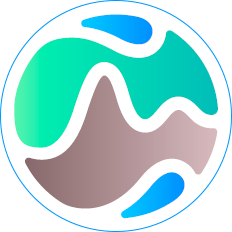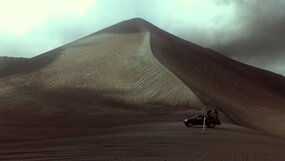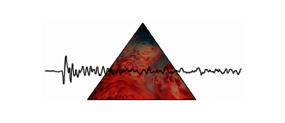Under-sea tectonics are responsible for earthquakes, landslides and tsunamis hazards in the world and because they are not easily accessible, present an under-explored frontier for understanding global seismotectonic. Subduction zones are marked by complex interactions between plates’ sediments, crusts and mantle. Fluid infiltrations, mineral phases, and bathymetric reliefs entering into subduction, induce deformation, influence seismicity, and increase the complexity of the tectonic environment. On the other hand, plumbing volcanic systems can be incredibly complex. The main magma chamber may not necessarily be located beneath the volcanic cone, and magma may move from one reservoir to another. Ideally, in-situ measurements would clarify the physical processes associated with these types of under-sea hazards. However, the complex interactions of these tectonic systems can be measured indirectly by characterizing their structures, their seismicity, and their evolution.
To improve our understanding on these under-sea tectonic systems, I used passive tomography, earthquake locations and seismotectonic analyses. I explored their seismological interactions with their environment, how they shape it, and how these knowledges can be considered for hazard assessment. We will navigate through three oceans, from the central Vanuatu subduction/collision of bathymetric reliefs and its seismic heterogeneities, passing by the complex Mayotte volcanic plumbing influenced by lithosphere stretching, to finally develop seismotectonic models of Lesser-Antilles subduction to be use for seismic hazard assessment. After this short overview of my research, we will approach opening questions and future work around volcanic system imagery and mantle wedge seismicity.



